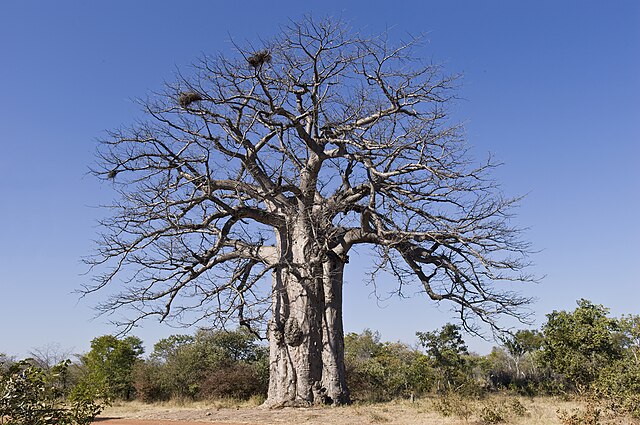Across Angola, vast stretches of protected land preserve a mosaic of ecosystems—lush forests alive with birdsong, savannas rippling under the heat, and coastlines where cliffs meet the Atlantic in dramatic contrast. These reserves safeguard endangered species, nurture fragile habitats, and form the backbone of the nation’s emerging ecotourism sector.
South of Luanda lies Kissama National Park, a sprawling expanse where the slow resurgence of elephants tells a story of recovery. Once devastated by years of conflict and habitat loss, the park now shelters giraffes, zebras, and a remarkable variety of birdlife. Grasslands open into wetlands, and the occasional rustle in the thickets signals the quiet return of species long absent. Conservation programs here have become a model for rewilding efforts across the region.
Farther southwest, along the Atlantic coast, Iona National Park offers a starkly different scene. Vast sand dunes roll toward the horizon, interrupted by rugged cliffs and patches of hardy vegetation. The light shifts quickly in this coastal desert, turning landscapes gold at dawn and copper-red by evening. Offshore, rich marine life flourishes, attracting divers and researchers alike. Within the park’s interior, wildlife has adapted to extreme conditions, creating an ecosystem unlike any other in Angola.
In the country’s heartland, Cangandala National Park offers a quieter beauty. Wetlands stretch across the terrain, attracting migratory birds whose seasonal arrivals mark the rhythms of the reserve. It is here that the critically endangered Palanca Negra, or giant sable antelope, finds refuge. With its sweeping horns and rare presence, the animal has become both a national symbol and a powerful reminder of the delicate balance between survival and loss.
Angola’s reserves are more than places to observe nature; they are living laboratories of conservation. Guided tours and community-led projects connect visitors with the realities of protecting wildlife in a rapidly changing environment. Rangers speak of challenges—poaching, encroachment, and climate pressures—but also of small victories: an antelope herd growing, a wetland restored, a forest regaining its canopy.
Sustainable tourism, still in its infancy here, offers a path forward. Revenue from responsible travel helps fund anti-poaching patrols, supports local livelihoods, and reinforces the idea that the country’s natural wealth is not just a heritage to admire, but a resource to protect. In these reserves, Angola’s landscapes remain untamed, its wildlife resilient, and its future tied to the ongoing work of preservation.
Sources:
- Huntley, Brian J., and Francisco M. Russo. The Conservation Status of Angolan Wildlife. IUCN, 2014.
- “National Parks and Reserves in Angola.” Ministry of Culture, Tourism and Environment of Angola, 2023.
- Parker, Guy. “Ecotourism and Conservation in Southern Africa.” African Journal of Ecology, vol. 59, no. 3, 2021.

